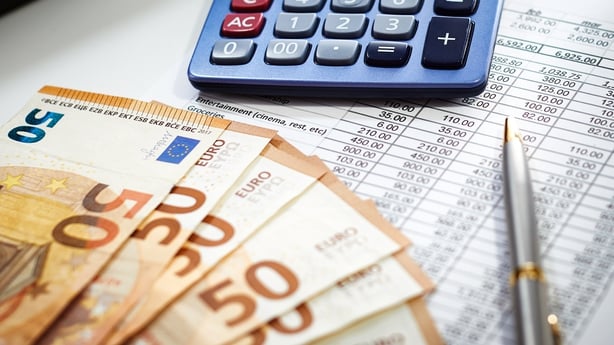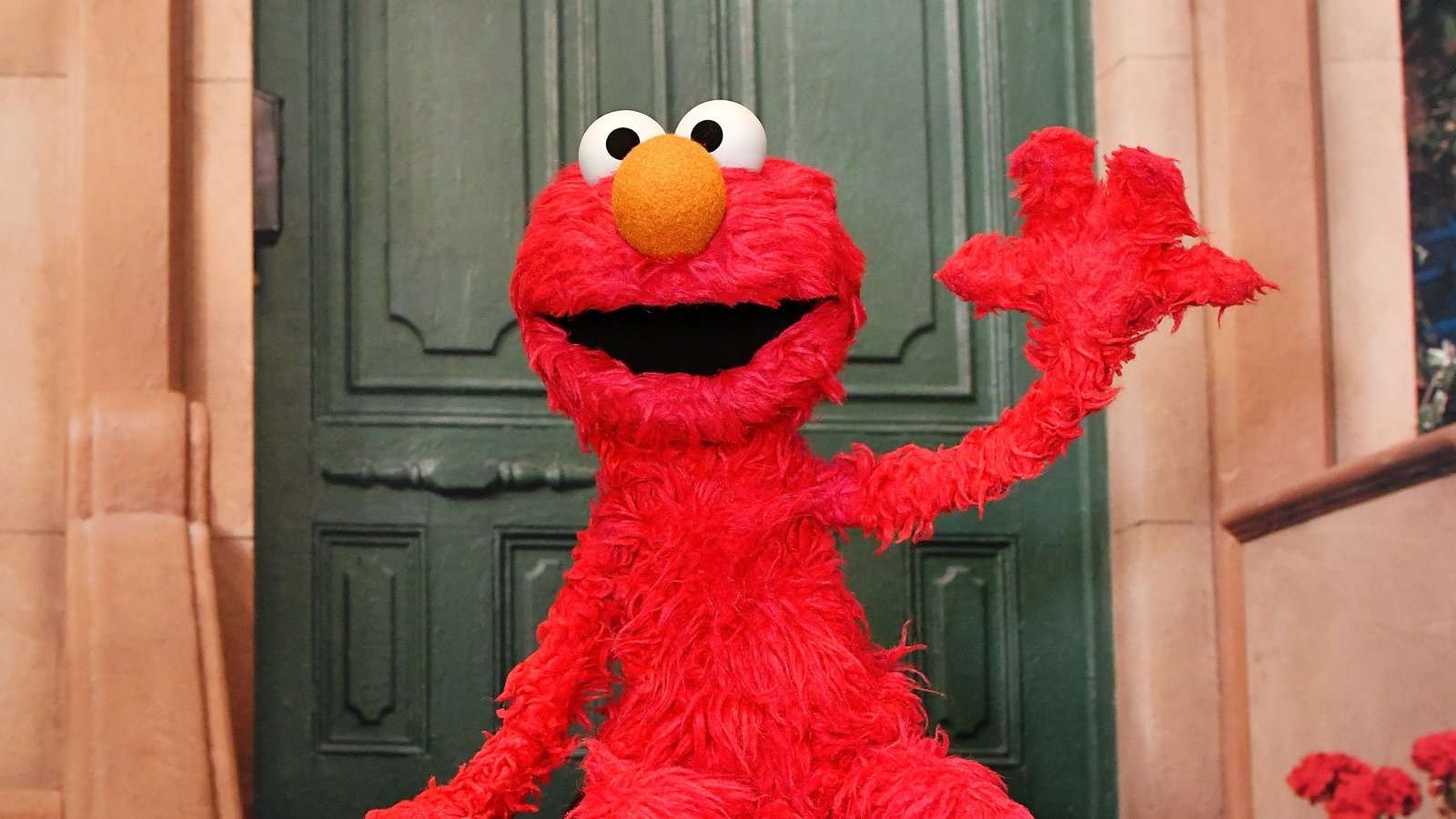2023 sees end of economic boom but no sign of bust yet

The revision of national accounts data by the Central Statistics Office in early December confirmed the economy officially entered a recession this year.
Just four days later, the revelation that €6.3 billion was collected in corporation tax in November, 27% more than in the same month last year, suggested that 2023’s “recession” will be the most peculiar we have ever experienced.
Coming out of 2022, the performance of Ireland’s economy was so strong that it dragged up the overall growth of the euro zone.
In fact, the erratic pull of our GDP numbers and figures for industrial output became the focus of attention for economists in Europe who expressed the view that Ireland’s multinational dominated economy was skewing figures for the wider euro area.
But then it went the other way.
Over the course of spring and summer, exports of some key products began to slow.
Goods exports figures show that the overall value of exports fell by €9.8 billion, or 6%, to €149 billion in the nine months to the end of September, compared to the same nine month period last year.

But, in certain sectors, the fall was much sharper.
Exports of organic chemicals were down €1.6 billion, or 37%, to €2.7 billion in September compared to the same month in 2022.
Exports of electrical machinery, apparatus and appliances (which includes semi-conductors) were down 45% or €603m to €723m.
Exports of medical and pharmaceutical products were down 9% or €558m to €6 billion.
These three sectors together comprise 38% of our total goods exports.
While June’s export figures bucked this trend, the value of goods exports has been falling since January.
And, the falls have been concentrated in these three sectors.
The Department of Finance said at Budget time it believed that super-charged export growth in some of these pharmaceutical and medical products was boosted by Covid and that what’s been happening this year is a slow unwinding of that demand spurt.
The Central Bank went one step further in one of its Quarterly Bulletins this year when it suggested that trade tension between the US and China had affected the exports of some products produced by US multinationals here.
Whatever the cause, the effect has been a slowdown in the value of the goods produced largely by multinationals here. That has hit our GDP numbers.
It has also arguably contributed to the decline seen in the second half of this year in corporation tax returns.
But this is far from sure.
Because November saw the most dramatic and unexpected return of vast amounts of corporation tax back into the Exchequer’s coffers, despite the slowdown in exports.

This reconfirms the known unknown which has in equal parts delighted and terrified those charged with managing the nation’s finances: we really don’t know what’s going on with corporation tax.
But enough of the magical mysteries of the multinationals. What’s been happening with the domestic economy?
Again, it grew strongly last year by almost 10% when measured by Modified Domestic Demand. But this year forecasts suggest it’s barely going to grow at all, despite early forecasts indicating it would grow by 2% or so.
For this, we can probably thank the big genie of inflation which burst from its bottle last year. This year hasn’t been so dramatic: inflation has gradually come down over the year.
Prices went back up briefly over the summer before starting to come down again.
In some services, prices have been slow to moderate as wage costs and profit margins caught up.
Thankfully, energy costs subsided and even fell a bit. The Government’s energy credits and lower VAT and excise duties have also cushioned the effect of higher energy prices on incomes. And cost-of-living supports generally, as well as tax cuts, have underpinned spending in the economy.
Higher prices have led consumers to return to more normal rates of savings as their disposable incomes have suffered.
There are still big pots of savings built up by some over Covid, however, which have not been spent or put to much use in higher yielding term deposits.
Higher interest rates have also dealt a blow to those on tracker and variable mortgages and those attempting to get on the property ladder.
Property prices have fallen in their wake in Dublin and slowed in the rest of the country.
This has all contributed to an economy that has most definitely slowed down this year but with continuing full employment does not feel like it fits what we’ve experienced in the past as a recession.

When the IMF was here in early November, it actually used the term “soft landing” to describe the state of the Irish economy.
It’s a phrase that anyone who lived through the crash will know may have had officials in the Department of Finance hosing down the Whittaker Room in which it was uttered to the assorted journalists present with gallons and gallons of holy water.
Most advanced economies grow within a range of 1-3% a year, outside exceptional shocks like Covid or the 2008 financial crisis.
You can check this out on a great interactive map created by the IMF.
This year both the forecasts for the domestic economy and GDP (taking in the activities of multinationals) will fall short of this. But both measures recorded growth of just under 10% in 2022.
In 2023 we stepped off the boom cycle but thankfully we have not yet stepped into a bust. For a country that’s been plagued in the past with booms and busts, that’s progress of sorts.
Who knows, and you may need to whisper this, the IMF may be right.





